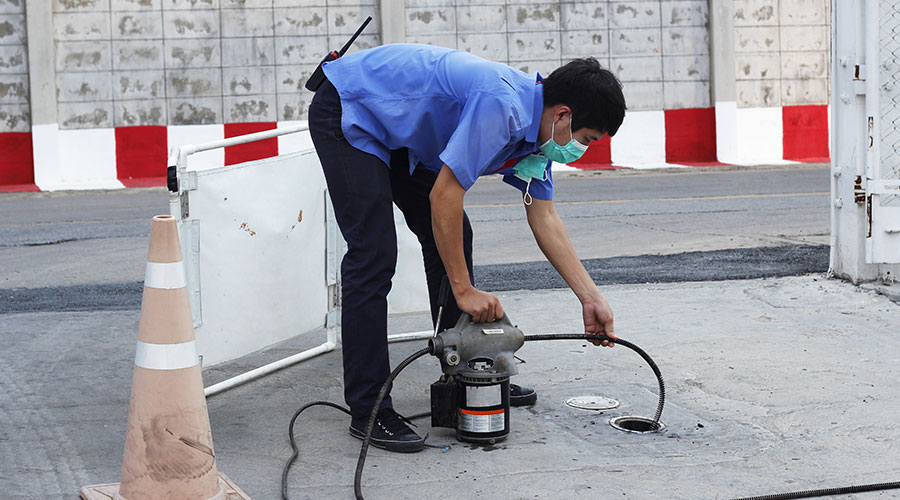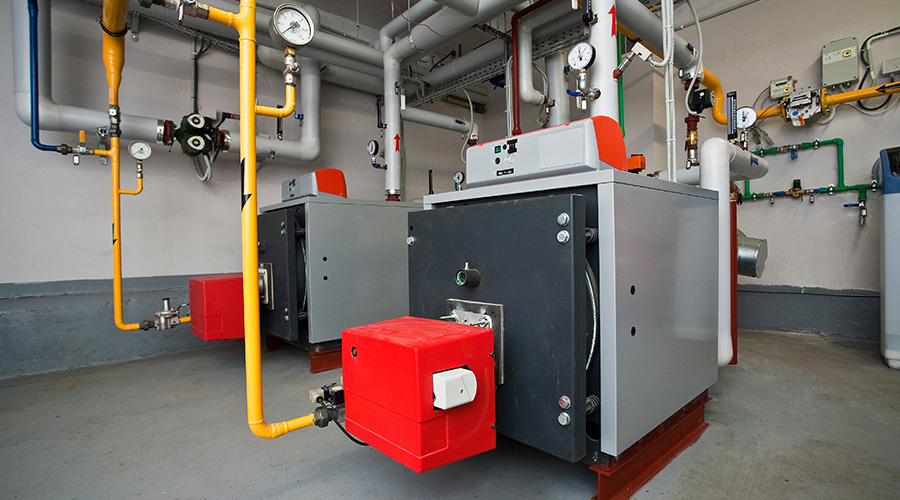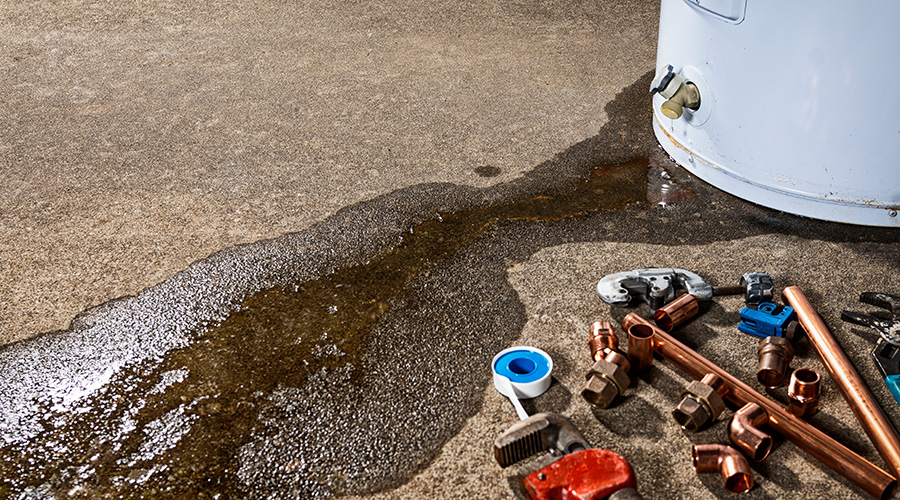Managers Need to Review HVAC Manufacturers' Performance Claims
Before specifying a particular product, managers need to do their homework. Start by better understanding the different types of products available for a particular application.
One of the dangers, particularly in replacement and renovation programs, is to simply replace the existing product with a new unit of the same or very similar design. Technology is rapidly advancing in the field of building energy-using systems. New, proven technology is allowing managers to make significant leaps in operating efficiency.
For example, installing multiple, smaller boilers in place of a single, large unit will improve performance and energy efficiency over a range of boiler loads. That strategy also provides several levels of backup in case the single unit fails. Simply replacing the existing equipment with the same product eliminates the potential energy-efficiency gains.
Once managers select a specific type of system or component, the next step is to review the equipment manufacturers have available. Again, managers must do their homework. Managers should review the manufacturer’s published performance characteristics to determine which would best meet the needs of the facility, from conditioning requirements to energy efficiency.
Managers also should review the manufacturer’s product literature to determine if the product has been certified, then confirm the certification by visiting the third-party-certifier Web site and reviewing the certified products listings.
Related Topics:
















